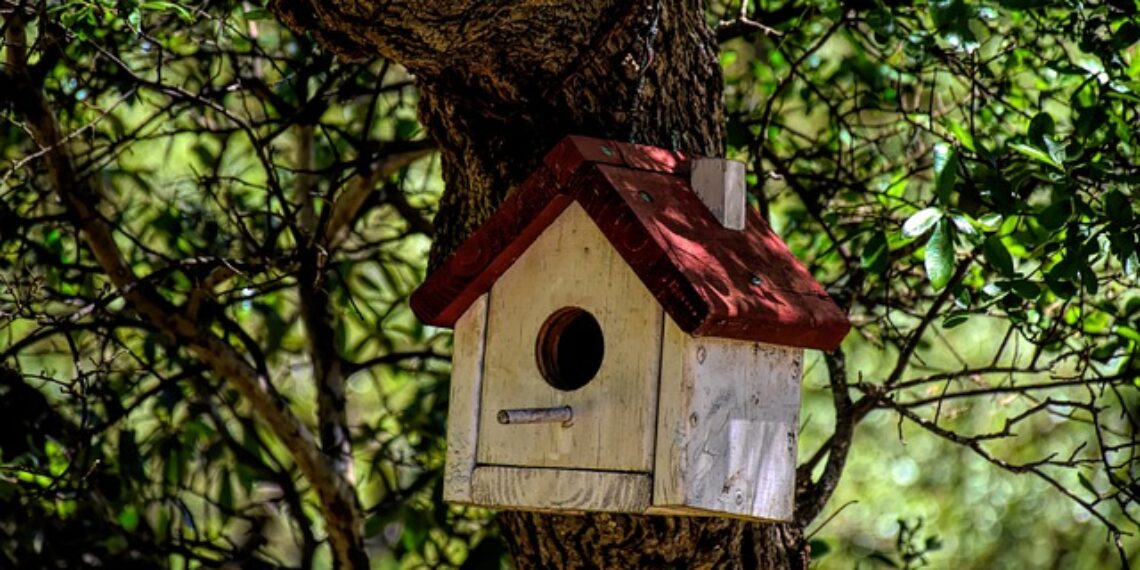Install a Bird House
Early spring is the perfect time to install a bird house. Giving a little thought to the type of bird house being installed will increase the chances of attracting birds to nest.
Step 1: Decide what type of birds to attract. Blue birds, wrens, chickadees, nuthatches, titmice, swallows and flycatchers will all nest in houses. Blue birds prefer open spaces, while the rest prefer wooded lots.
Step 2: Put no more than one house per tree, unless the tree is very large or the houses are for different types of birds.
Step 3: Put no more than one blue bird house per acre and keep the blue bird house at least 25 feet from other houses. Mounting a blue bird house on a post with a squirrel baffle, to protect it from predators, is a far better choice than nailing it to a tree.
Step 4: Keep bird houses away from the bird feeders.
Step 5: Face the opening of the bird house to the north or the east to avoid overheating.
Step 6: Make sure the opening size of each bird house is not too large or too small for the type of bird you are trying to attract. Blue bird holes should be one and one half inches in diameter. Chickadees, nut hatches and titmice holes should be one and one eighth inches in diameter. Wrens prefer a vertical slot one and one half by two and one half inches.
Step 7: Mount the house at the appropriate height for the type of bird it is intended to attract. Blue birds, chickadees, nut hatches and titmice houses should be mounted five to six feet off the ground. Fly catcher boxes should be ten feet up in a tree and wren houses can go pretty much anywhere.
Step 8: Mount the bird house on a pole, screw it to a wooden post or hang it from a tree limb with chain, rope or fishing line. Houses mounted on metal poles are less vulnerable to predators.
Step 9: Planting fruit trees or installing a water feature are natural ways to attract avian tenants. Consider installing bird feeders and a bird bath along with bird houses to accommodate the needs of the potential new neighbors.
